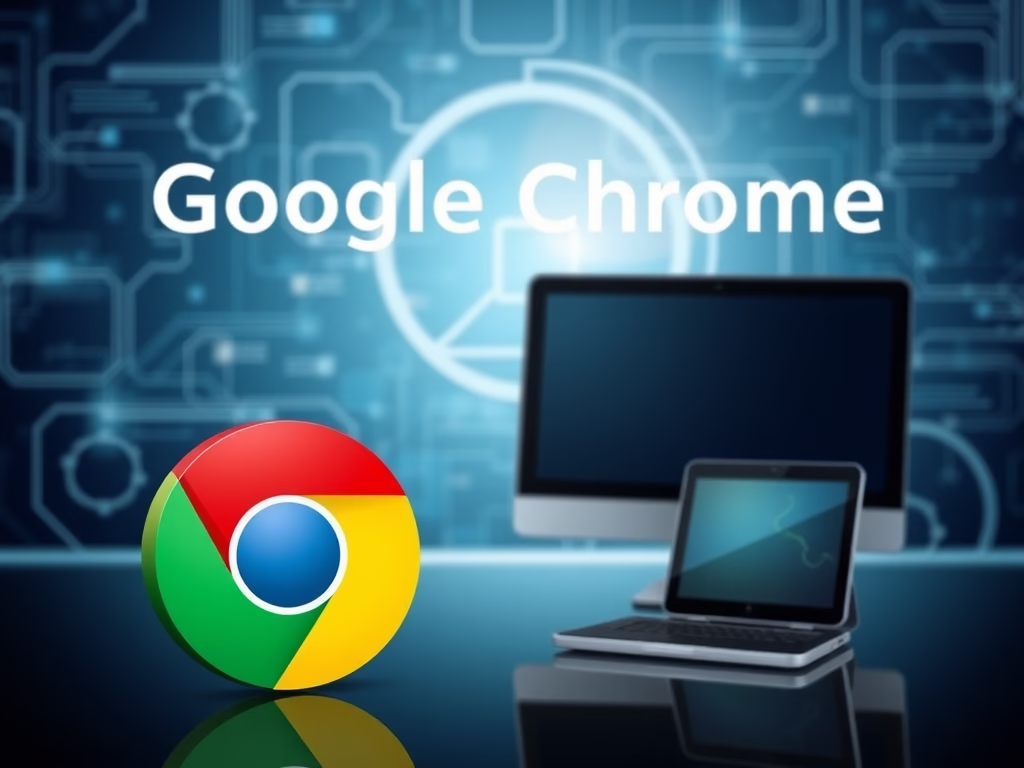Learn how to set Google Chrome as your default browser across various devices with this easy step-by-step guide. Discover the benefits of Chrome, troubleshooting tips, and installation instructions for a seamless browsing experience.
How to Set Google Chrome as Your Default Browser: A Step-by-Step Guide
If you’re looking to set “Google” as your default browser, you likely mean Google Chrome, the popular web browser developed by Google. (Just to clarify: Google itself is a search engine, not a browser!) Making Google Chrome your default browser ensures that all web links you click open in Chrome automatically.
Whether you’re on a computer, phone, or tablet, I’ve got you covered with clear, original instructions for every major platform. Let’s dive into how to make this switch, why it’s a great choice, and what to do if you run into any snags.
Why Make Google Chrome Your Default Browser?
Before we get into the how-to, let’s talk about why Google Chrome might be the right pick for you:
- Lightning-Fast Speed: Chrome handles multiple tabs and heavy websites like a champ.
- Top-Notch Security: Features like Safe Browsing keep phishing and malware at bay.
- Google Goodies: Sync your bookmarks, passwords, and settings across devices with your Google account.
- Customizable: Add extensions for everything from ad-blocking to productivity tools.
Ready to make the switch? Let’s walk through the steps for your device.
Step-by-Step Instructions for Every Device
The process differs depending on whether you’re using Windows, macOS, Android, or iOS. Follow the guide below that matches your setup. (Don’t have Chrome yet? I’ll cover that too!)
On Windows (10 or 11)
- Get Chrome: If it’s not installed, head to google.com/chrome, download it, and run the installer.
- Open Settings: Click the Start button (Windows icon) and choose Settings (gear icon).
- Navigate to Apps: Click Apps in the Settings menu.
- Pick Default Apps: Select Default Apps from the sidebar.
- Choose Chrome: Scroll to the “Web browser” section, click the current browser (e.g., Edge), and select Google Chrome.
Quick Tip: If Chrome doesn’t show up, double-check that it’s installed, then restart your PC.
On macOS
- Install Chrome: Download it from google.com/chrome and drag it to your Applications folder.
- Access System Preferences: Click the Apple logo (top-left corner) and select System Preferences.
- Open General Settings: Click the General icon.
- Set Chrome as Default: Find the “Default web browser” dropdown and pick Google Chrome.
Heads-Up: If Chrome isn’t listed, ensure it’s in your Applications folder and not just a stray download.
On Android
- Download Chrome: Grab it from the Google Play Store if it’s not already on your device.
- Go to Settings: Open your phone’s Settings app.
- Find Apps: Tap Apps (or Apps & notifications, depending on your model).
- Set Default Apps: Tap Default apps (might be under Advanced).
- Select Chrome: Tap the Browser app and choose Chrome.
Note: Menu names can vary slightly by Android version or manufacturer (e.g., Samsung vs. Pixel).
On iOS (iPhone or iPad)
- Get Chrome: Install it from the App Store if you haven’t yet.
- Open Settings: Tap the Settings app on your home screen.
- Locate Chrome: Scroll down and tap Chrome.
- Make It Default: Tap Default Browser App and select Chrome.
Requirement: You’ll need iOS 14 or later for this option to appear.
Don’t Have Google Chrome Yet?
No worries! Here’s how to get it:
- Windows/macOS: Visit google.com/chrome, hit Download, and follow the setup prompts.
- Android: Open the Google Play Store, search “Google Chrome,” and tap Install.
- iOS: Launch the App Store, find “Google Chrome,” and tap Get.
After installation, jump back to the steps above to set it as your default.
Troubleshooting: What If It Doesn’t Work?
Sometimes, things don’t go smoothly. Here’s how to fix common issues:
- Chrome Isn’t an Option:
- Verify that it’s installed correctly.
- Restart your device and check again.
- Default Keeps Changing:
- Another app might be overriding it—reinstall Chrome to reset permissions.
- Settings Won’t Stick:
- On mobile, ensure your OS is up to date; on desktop, try running Chrome as an administrator (Windows) or checking system restrictions (macOS).
Still stuck? Search online with your device details (e.g., “set Chrome default on iPhone 15”) for tailored advice.
Why Chrome Shines
Switching to Google Chrome isn’t just about changing an app—it’s about upgrading your web experience. Its speed keeps you zipping through pages, its security shields you from online threats, and its tight integration with Google services (like Drive and Gmail) makes life easier. Plus, with thousands of extensions, you can tweak Chrome to match your style—whether you’re a multitasker or a minimalist.
Wrap-Up: Browse Better with Chrome
Setting Google Chrome as your default browser is a breeze, no matter what device you’re using. In just a few clicks or taps, you’ll unlock a faster, safer, and more personalized way to explore the web. So go ahead—follow these steps, make Chrome your default browser, and enjoy a browsing experience that’s built to keep up with you!




Leave a Reply